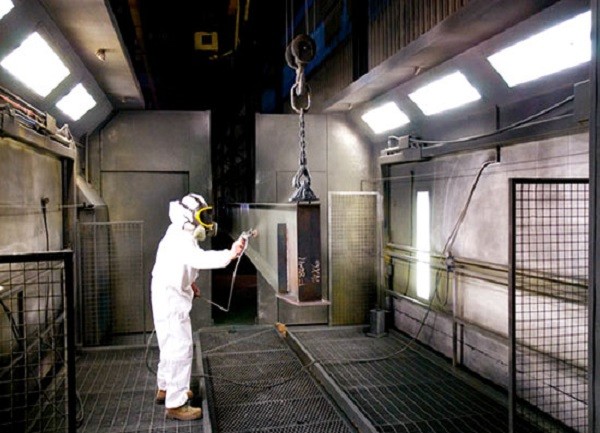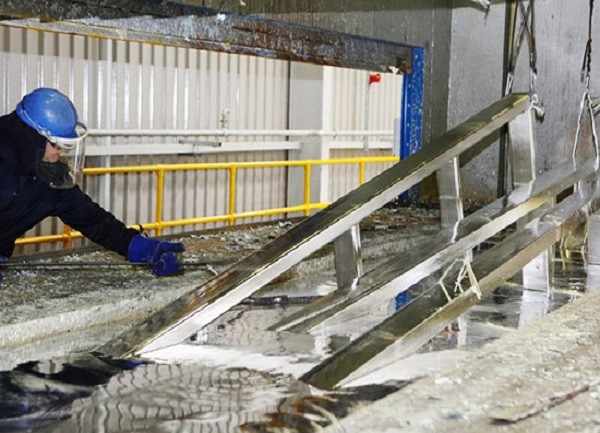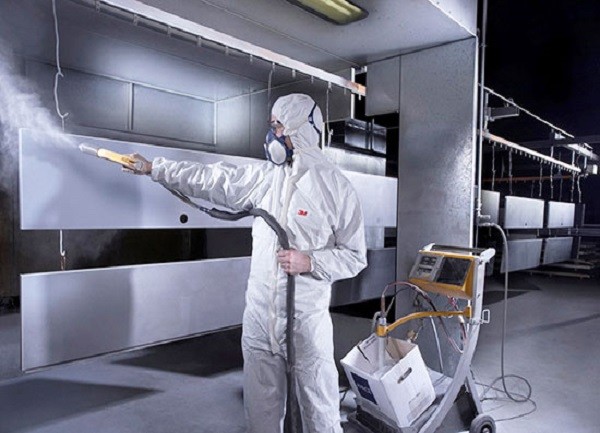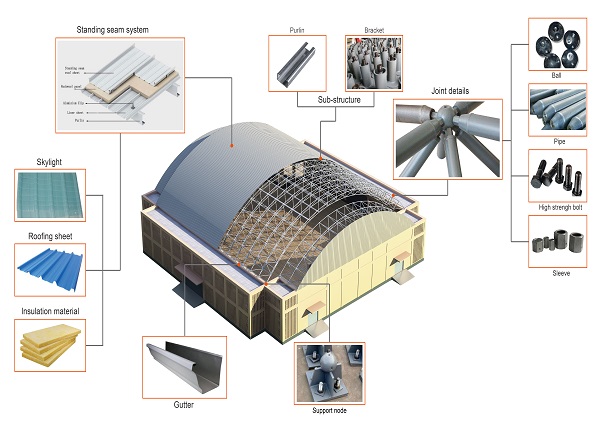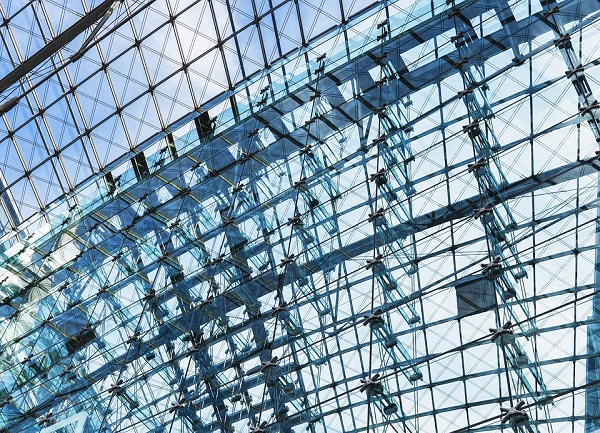Coating
Steel coating comes in a variety of forms, all suited to specific environments. Painting, powder coating, galvanizing or a duplex coating system are all options that can easily provide long-term durability.
TL coating system maximize the Steel structure life expectancy
Steel coating comes in a variety of forms, all suited to specific environments. Painting, powder coating, galvanizing or a duplex coating system are all options that can easily provide long-term durability.
The keys to select suitable coating option are as follows:
1. The end use of the steel structure.
2. A realistic estimate of time.
3. Severity of exposure of the coating.
4. An economic evaluation of initial cost versus future maintenance cost.
5. A practical determination of the division between shop and field work and responsibility.
Paint
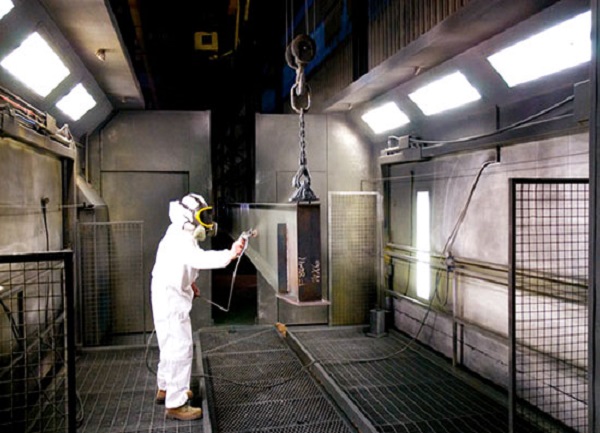
Paint is the most commonly used coating. Paint systems usually consist of primer, intermediate coat, and finish coat.
Primers: The primer is applied directly onto the cleaned steel surface. Its purpose is to wet the surface and to provide good adhesion for subsequently applied coats with corrosion inhibition.
Intermediate coat: Intermediate coat is applied to increase the total film thickness of the system. The thicker coating, the longer life.
Finish coat: The finish coat provides the required appearance and surface resistance of the system. Depending on the conditions of exposure, it must also provide the first line of defence against weather and sunlight, open exposure, and condensation.
Powder coating
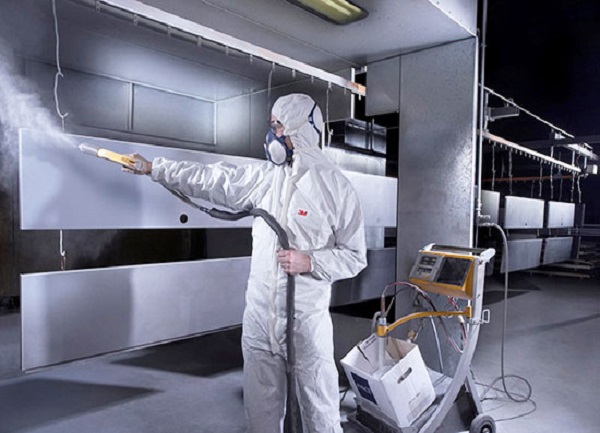
Powder coating applies a powder material to steel sections using either an electrostatic or compressed air method. The powder is then cured (heated to its melting point) so that it flows to form a smooth film. This dries to provide a durable finish that is resistant to cracking, peeling, scratches, UV rays and rust. But compared to paint, powder coating is usually done in shop, so when powder coating is damaged, it is very difficult to repair as paint.
Hot-dip galvanizing
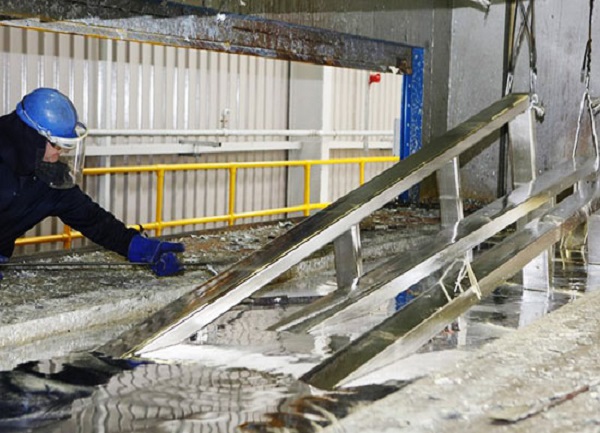
Hot dip galvanizing is a process that involves immersing the steel component to be coated in a bath of molten zinc (at about 450°C) after pickling and fluxing, and then withdrawing it. The immersed surfaces are uniformly coated with zinc alloy and zinclayers that form a metallurgical bond with the substrate. The resulting coating is durable, tough, abrasion resistant, and provides cathodic (sacrificial) protection to any small damaged areas where the steel substrate is exposed. The typical minimum average coating thickness for steel member is 85 µm. Thick steel parts and steels which have been abrasive blast cleaned tend to produce relatively thick coatings up to 140 µm.
Duplex coating
For many applications, hot dip galvanizing is used without further protection. However, to provide extra durability, or where there is a decorative requirement, paint coatings are applied. When hot dip galvanized steel is painted or powder coated, the duplex system provides a more sophisticated manner of corrosion protection known as the synergistic effect. Used independently, both paint/powder coatings and galvanizing provide corrosion protection to steel; however, when utilized together, the two coatings work in synergy. The exterior layer of paint or powder coating slows down the rate at which the zinc is consumed, greatly extending the life of the galvanized steel. In return, once the exterior layer has been weathered down or damaged, the zinc beneath is still available to provide cathodic and barrier protection.
INQUIRY
Categories
Latest News
Contact Us
Contact: Mr.Lu
Phone: +86-51668601029
E-mail: hbktech@163.com
Whatsapp:86+15152106218
Add: 1412, Building 2, Vanke Huaihai Xintiandi, Block 3, Quanshan District, Xuzhou City, Jiangsu Province
